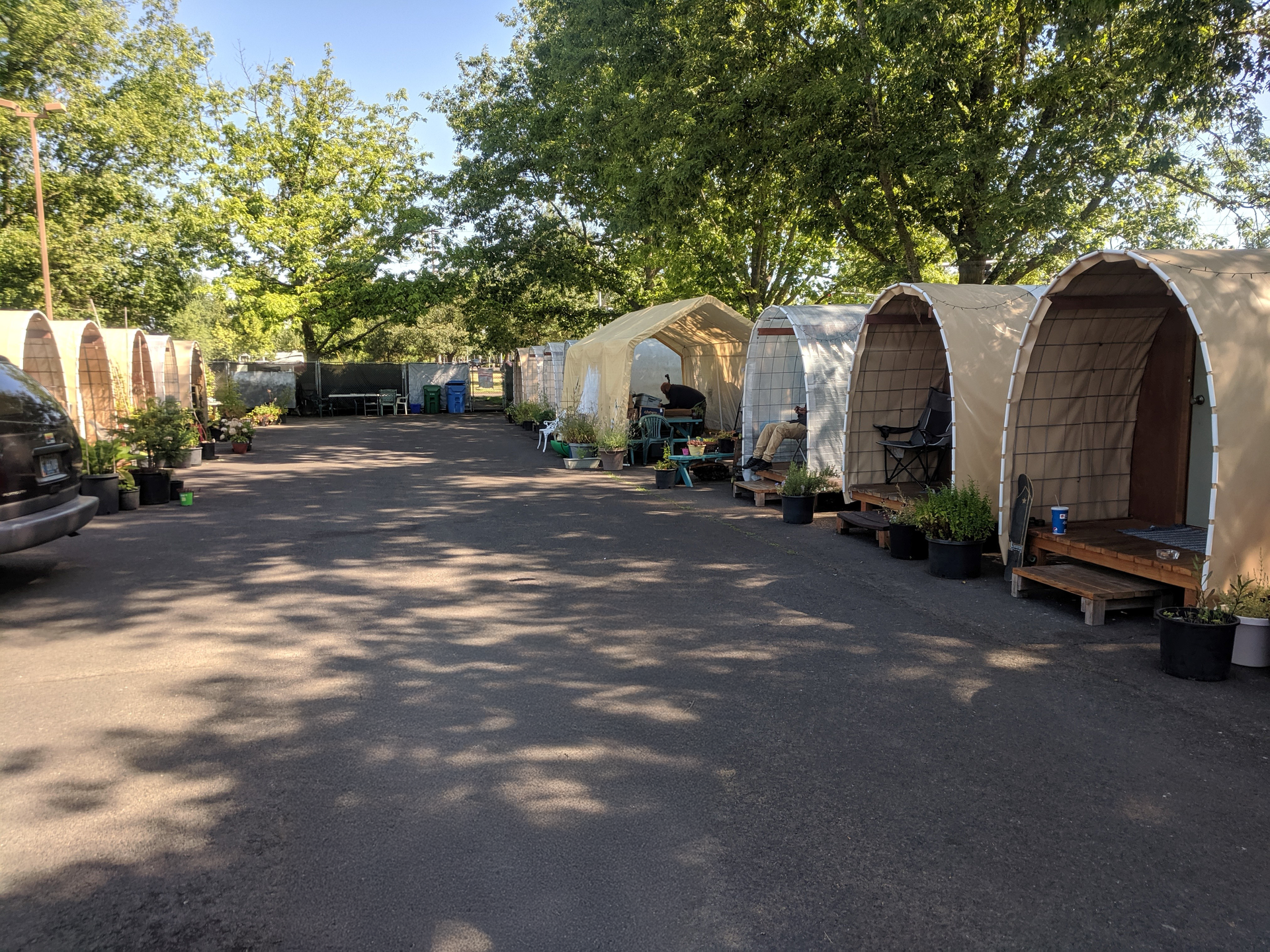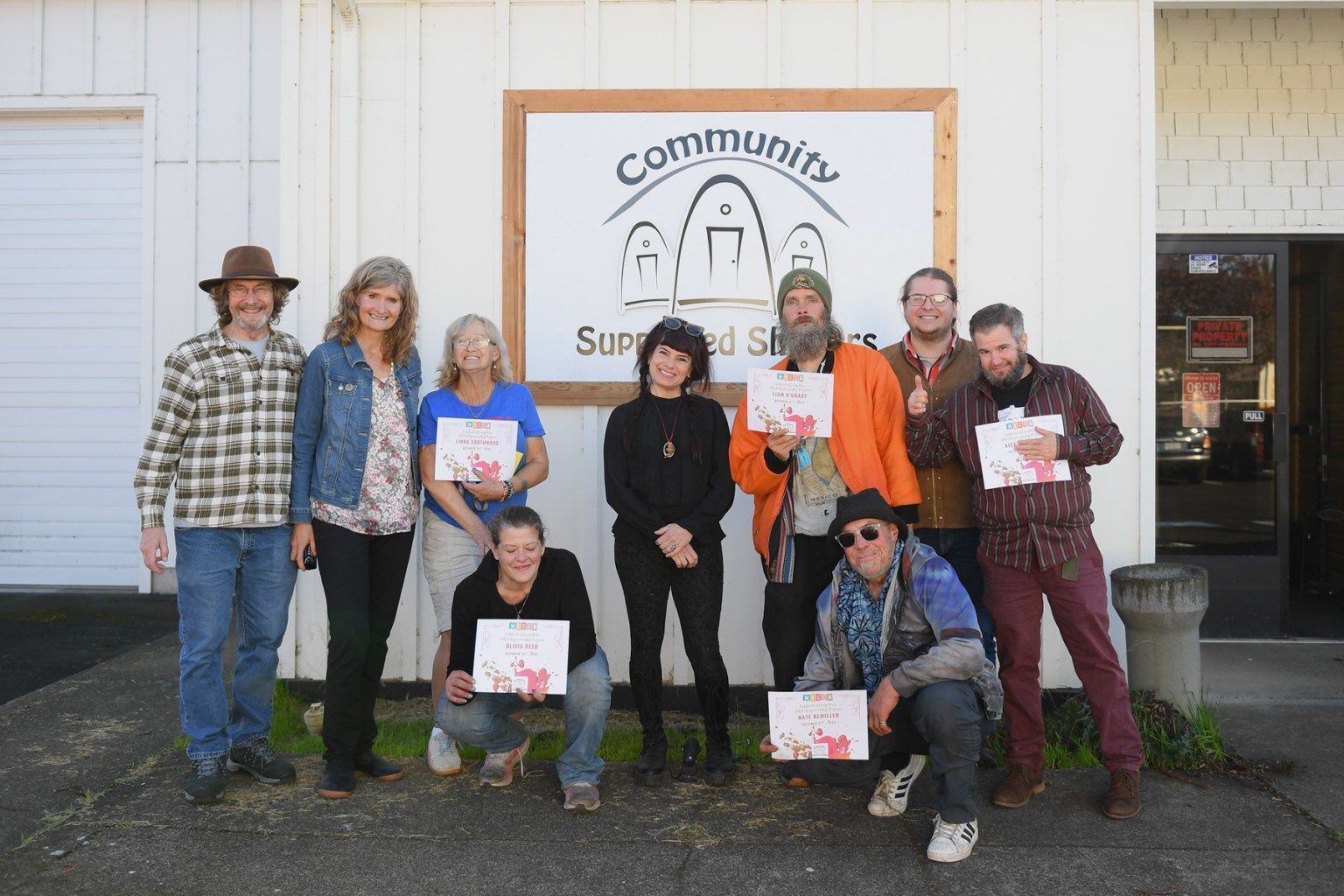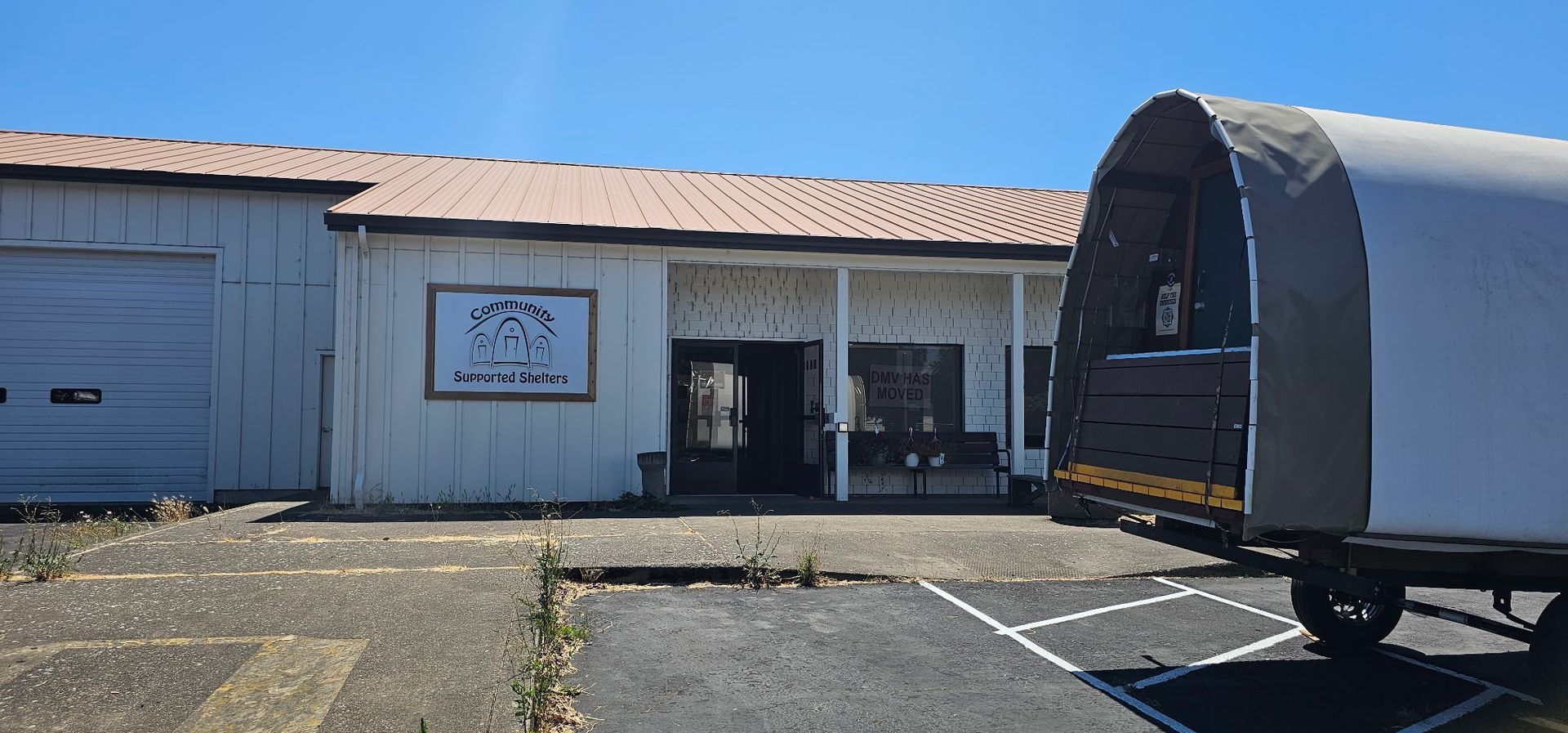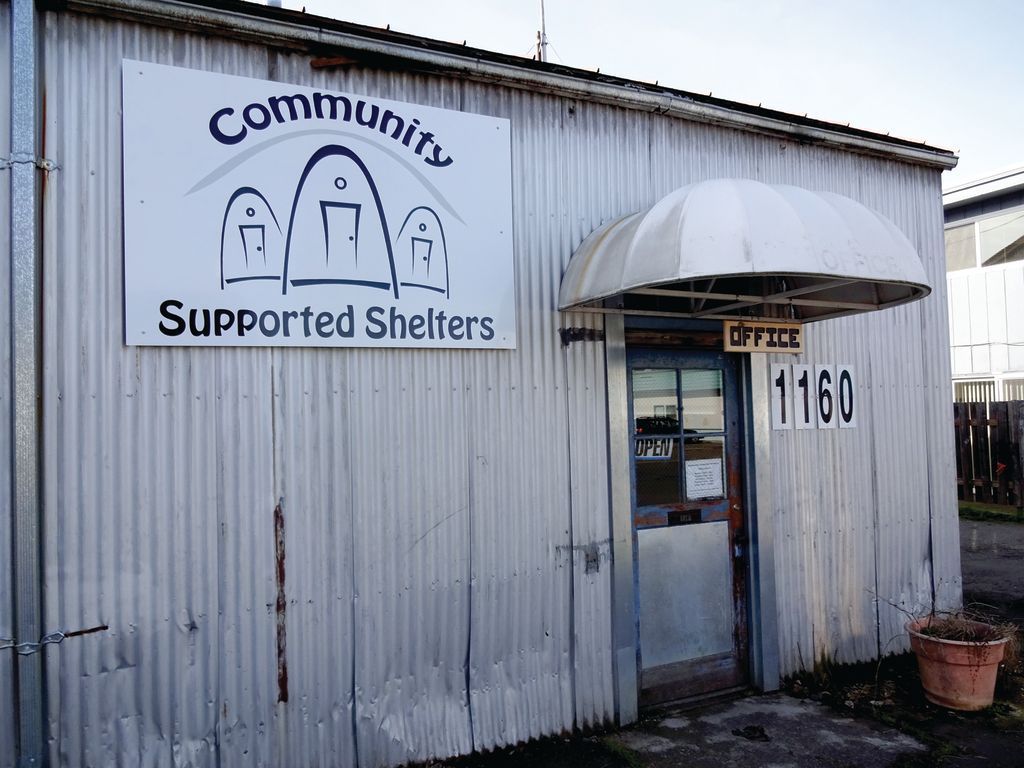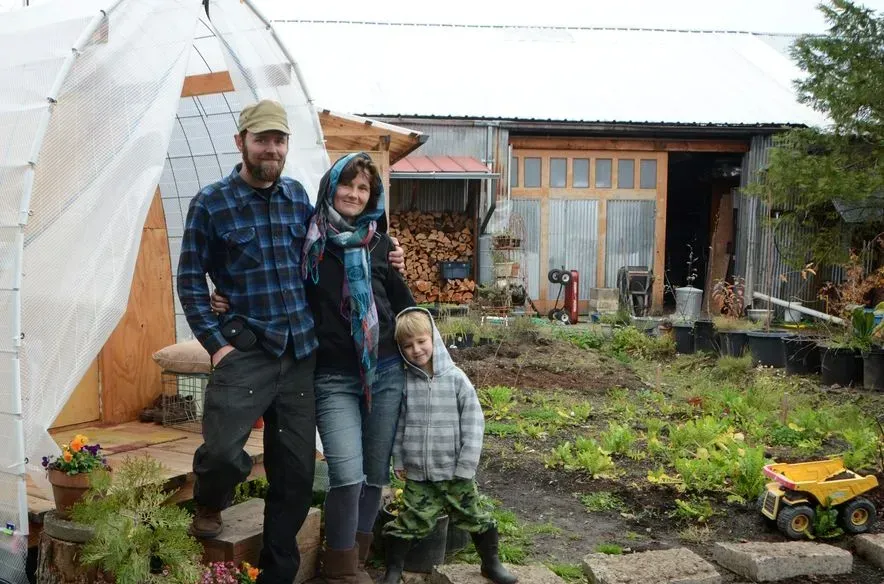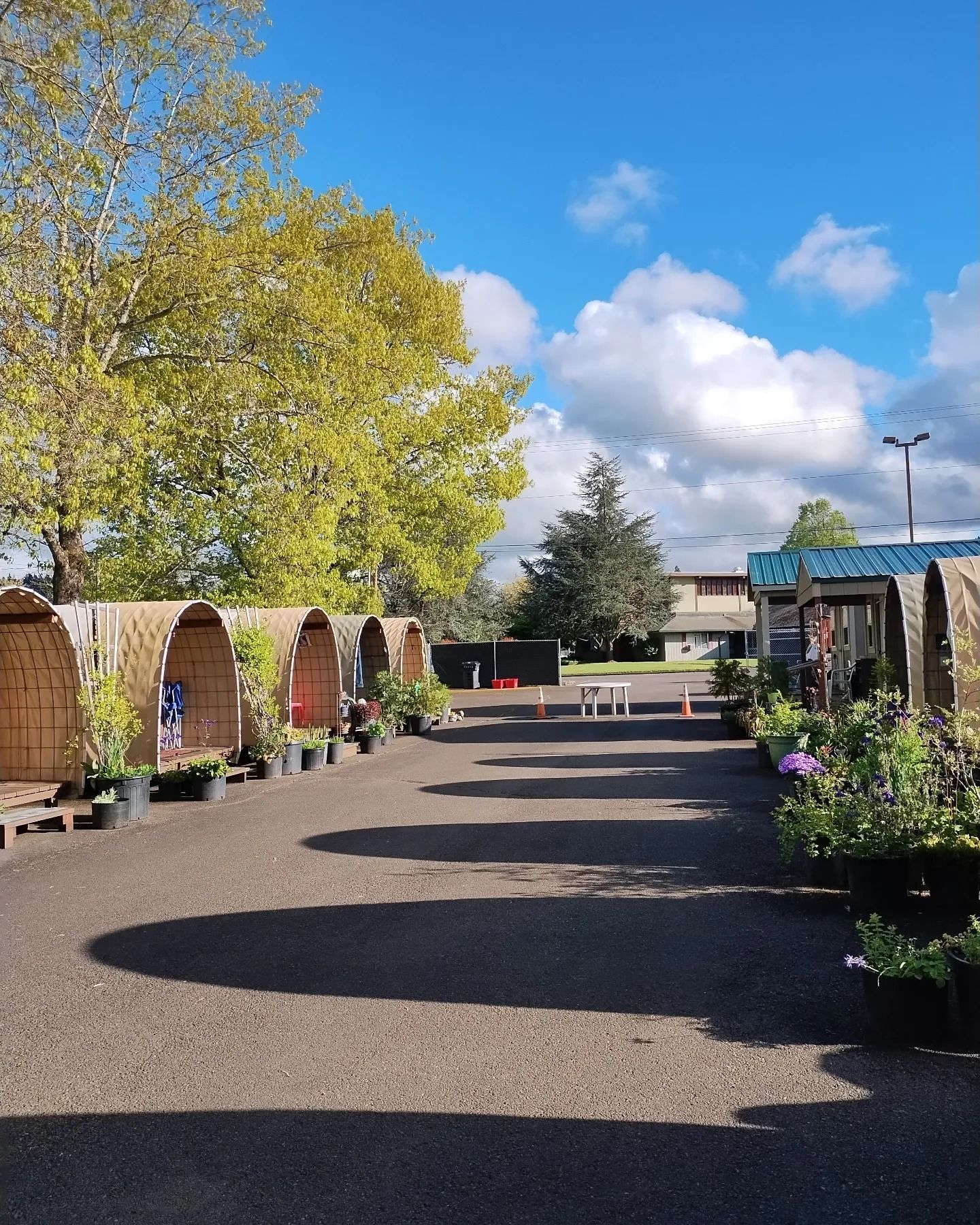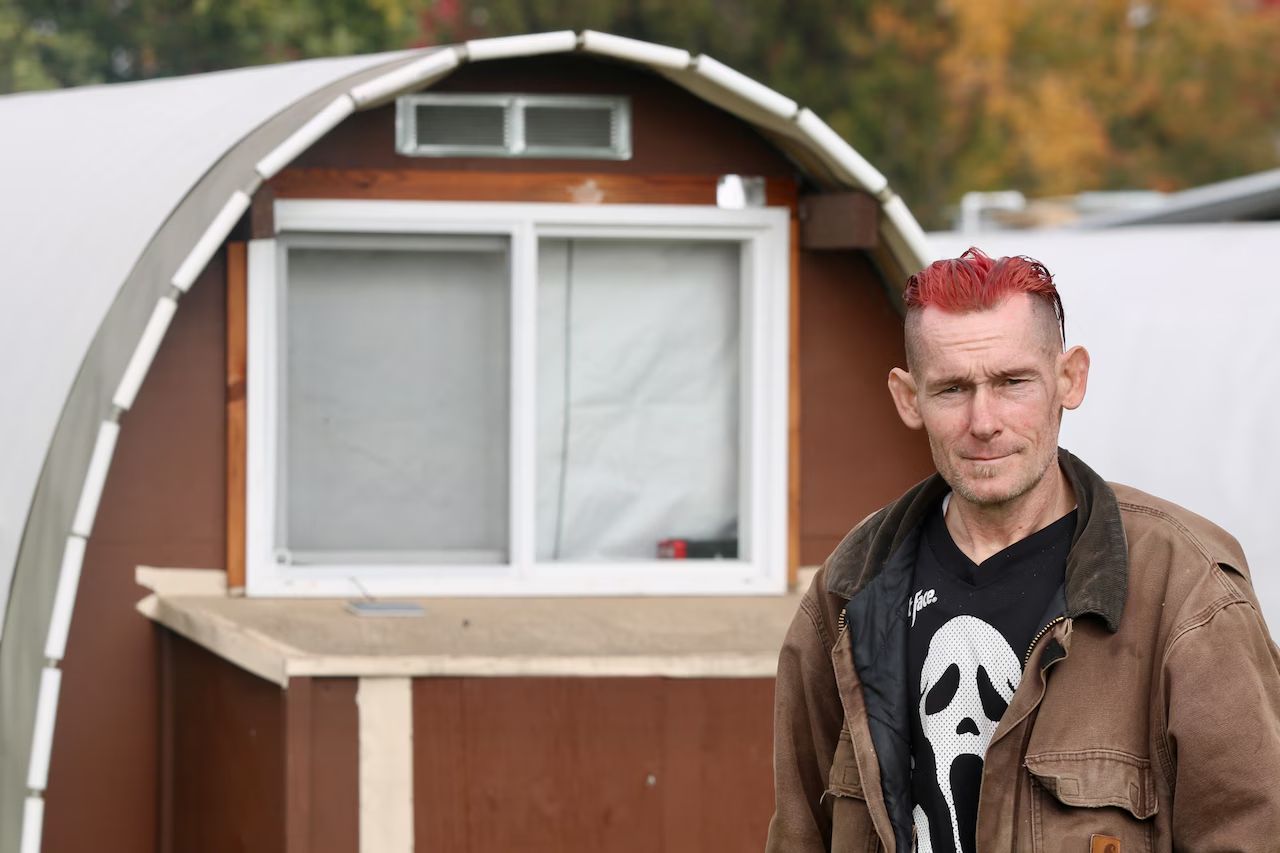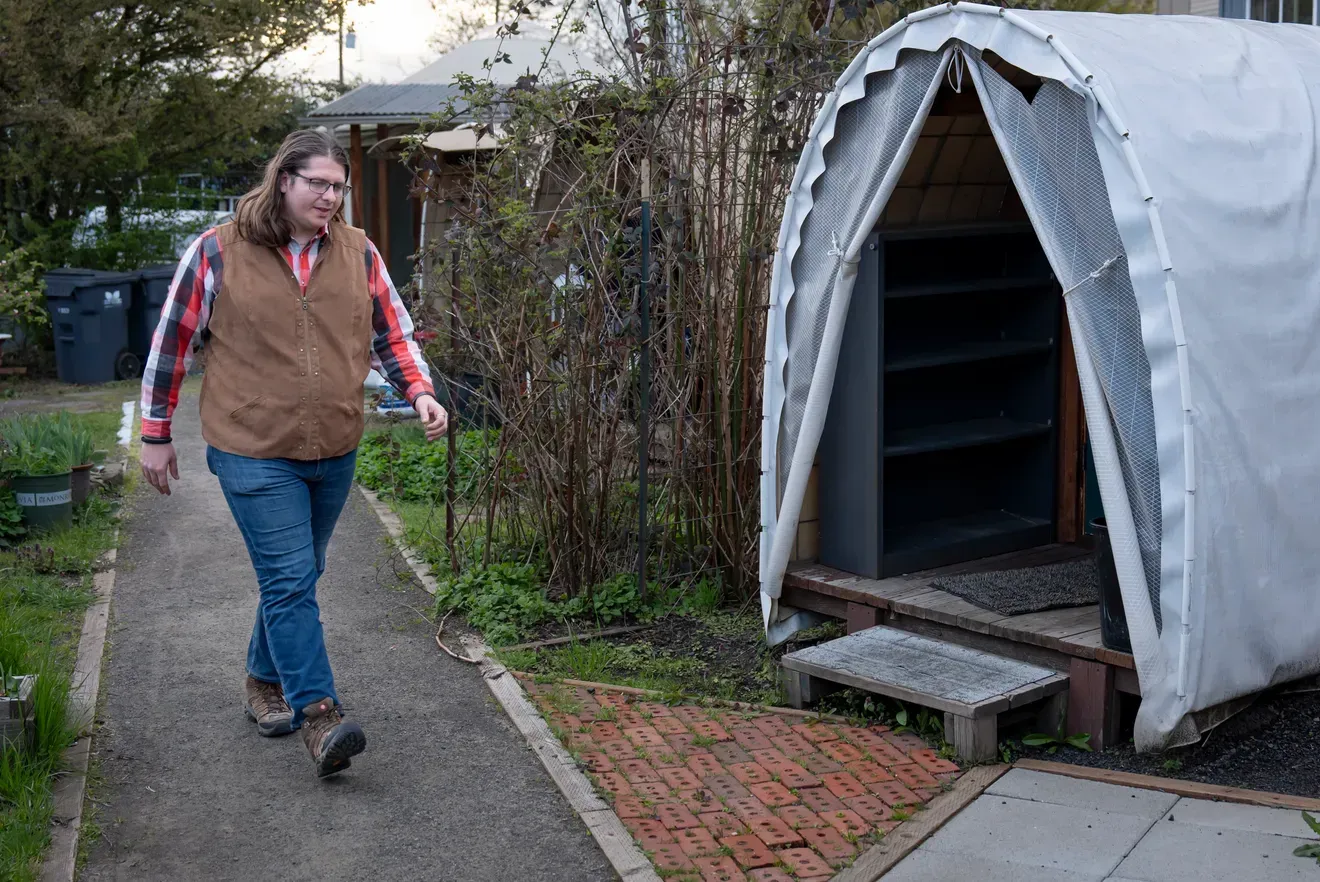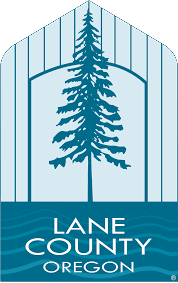CSS’s New Service Delivery Model: CSS Services Expand with Camp Growth
Jan. 15, 2021

As Community Supported Shelters staff and volunteers have been busy creating the physical infrastructure for five new Safe Spots—preparing lots, providing access, building Huts and common buildings—the service team has been going through a transformation to better meet the needs of people in all the CSS camps, including almost 100 people who are beginning to move into the new camps.
“The service team is like the heart of CSS,” says Erik de Buhr, operations director. “Everything else is infrastructure to support people physically, but the service team supports people emotionally and mentally. To grow, we need to specialize, to create more stabilization on the service team, to restructure things as we scale up, so it’s not a burden on us. It can actually make our jobs easier because we’re all more specialized.”
As preparations for the expansion began in the fall, Erik met weekly to discuss the new structure with the service team, including Marie Laura Roehrich, who started as a volunteer and was hired as the first “action plan advisor” in 2017. She was the first employee to play a role in CSS client services, which had been handled by CSS founders Erik and Kristin Fay de Buhr up until then. Erik and Kristin Fay continued to be deeply involved, as Marie Laura held monthly check-in meetings with the residents of the four camps that existed at the time. Eventually, as Erik and Kristin Fay’s time became more absorbed in CSS organizational work, Suzi Wilkins was hired to work with the Vets’ Camp and, later, Plaedo Wellman came on for the Expressway Camp. Their roles were defined as “camp facilitators.”
“We were doing all the conflict resolution, the camp meetings,” Marie Laura says, “helping people one-on-one with their personal goals, taking people to appointments. I think that model has its benefits of one person building a relationship, being the sole resource for the camp, but it just felt like too much to take on.”
In the model that emerged from those weekly meetings and is currently being implemented, Marie Laura is now a “service navigator,” one of three new roles, the other two being “meeting facilitator” and “peer support worker.”
Service navigators are essentially case workers. “I’m going to be focused on people’s individual goals and supporting them in finding the resources they need,” Marie Laura says. “A lot of people have the goal of getting housing or getting income, or maybe they need help with medical and dental appointments, or maybe they need an ID or birth certificate. My role is connecting them with resources and then helping them follow through with different tasks.”
The other service navigators at this point are Suzi and Kai Batalona, a recent hire who moved into the Vets’ Camp last August and has a long history of working for nonprofit organizations, including Portland Community College and the University of Hawaii. He became homeless last April after an apartment he had lined up in Eugene fell through.
Since he first moved to the camp, Kai has felt like a part of the CSS team. “I feel like this place is totally awesome. I came here as a team member; I didn’t come as just a player.” Kai started training with Marie Laura at the end of December. As CSS builds out its paid staff, it’s been a central tenet to hire people who have either lived in the camps or have worked as volunteers, as much as possible.
Kai now lives in a Hut at the Reboot Station, which has become a staff camp, next to Dani Rejcek the first peer support worker. She was left homeless last spring when someone who had given her a ride to Eugene for a job interview stole all her things and abandoned her. Cahoots set her up in one of the Huts by the fire station off Chambers and, after that Hut was broken into, she moved to the Reboot Station in early May, where she was quickly tapped to volunteer for the shower program. That eventually became a paid position.
Dani says that the general structure for the new model was worked out by the time Erik approached her about taking on the peer support role. She has a background in both social work and nursing and helped define more specifically the responsibilities of that role, which she started in mid-December.
“I go to each of my camps now, which is technically three and one of the mini microsites,” she says. “I spend time talking with the campers, finding out what they need, how they’re doing, how camp life is working, offer any support I can. When they need services beyond that, like help with their social security, things like that, I get them up the chain to the service navigator to work on that.” Another one or two peer support workers were expected to be added by mid-January with more likely in the future, with each worker responsible for one of the large camps and one of the smaller sites.
The fact that she arrived at CSS in a desperate situation helps her to connect with the people in the camps, she says. “They know that I understand how they’re living, and what it’s like to be completely dependent on somebody else for your place to stay the night. That changes your mental outlook on everything. So having somebody that’s been there, understands that, I think makes them more open.”
One of the ways Dani has introduced herself and her new role to Safe Spot residents is to go to camp meetings with the new meeting facilitator, Plaedo Wellman. CSS planned to add at least one more meeting facilitator before the full impact of the expansion hit.
Plaedo joined the CSS staff in October 2019 as camp facilitator for the Expressway camp. But his connection to CSS preceded that. Erik was one of the first people he met when he moved to Eugene nine years ago, and he rented a Conestoga Hut for his honeymoon four years after that. He worked for the city of Eugene gathering data about the unhoused right before starting with CSS.
In his new role, Plaedo says, “I facilitate the weekly meetings where we handle social dynamics. So if there’s any conflict, then I manage that. I do conflict resolution meetings. If there’s new rules or rules that need to be changed, I facilitate and handle how those rules are being treated. A lot of it is tone setting and community building. So for example, Roosevelt has a lot of conflict right now and I’m going to stop by there today to just chat with people, kind of changing the vibe at the camp, making sure that it’s a more joyous place when I leave.”
Plaedo believes his new role emphasizes his strength in managing social dynamics, “getting people out of negative spaces and anger and fear and pain and into a more calm space with themselves.” And it relieves him of aspects of his previous role that he wasn’t as comfortable with. “So it’s really great for me, for example, that I’m no longer trying to call up social security and figure out medical records and stuff like that. Marie Laura can do that and she’s great at it.”
Plaedo’s example shows how the new structure is designed to meet more of the needs of the people in the camps with fewer workers because each member of the service team can focus on an area where they have or can develop expertise. Instead of one person trying to handle all the service aspects, each camp will have at least three people working with them. “Per employee hour, we can give more quality care this way,” he says.
Equally important is the built-in communication and support within the service team, which applies to both addressing the needs of individuals in the camps and the ongoing evolution of the new model.
Even in his first two weeks, Kai experienced that collaboration. “I like how people pull together,” he says, “to figure out how we can solve the situation or figure out how we can move forward. Everybody’s putting in their two cents, like ‘I think this would work better than that.’”
“We have meetings,” Dani says. “We also email and text and call constantly. Thankfully I work with a group of people I’m also friends with. So our conversations are ongoing.” For example, she says, “We have a guy we’re working with on his unemployment, so I can email Marie Laura and she can figure out what the next steps are before she meets him. We try to keep everybody in the loop, make things run as smooth as possible.”
“When I do a meeting,” Plaedo says, “and people have more personal kind of things where they need support I could direct them to Dani because I’m focusing on the more interpersonal. And then bring Marie Laura and Suzi in if we need more external navigating of other services. So we’re all constantly talking through email and text throughout the week and talking about clients.”
These changes also reduce stress on the service team members. An important value of CSS is self-care among the staff, to enhance the sense of “a real community of people working together,” as Marie Laura says. “It feels like a relief that I can have a more balanced life, to be able to go take a vacation without constantly worrying about the camps. There will be multiple people to help each other out.”
As the new model was being implemented, service team members were already getting positive reactions from folks in the camps. “I walk in and you’d think I was Santa Claus half the time,” Dani says. “Everyone’s very excited and everybody has something to say—and they have someone to say it to, whether it’s good or bad.”
So are they ready for the dramatic increase in clients that was just beginning in January?
“Definitely yes,” Kai says. “I think we’re all excited about it.”
“Oh yeah,” says Dani. “Plaedo, Marie Laura, and I over the last couple of weeks are actually getting a feel for the new positions and how they work. I think we were really nervous at first, bringing more people in while we were trying to figure out how to communicate, but we realized that it was much easier than we thought it was going to be.”
“I think that we’re a team that takes things as they come,” Plaedo says. “I think that you can say we’re ready. I know that there’s going to be a thousand things that are going to emerge that maybe we can’t foresee that are going to teach us in the moment. I think we’re trying our best to handle as much as we can ahead of time. But I’m also preparing to expect the unexpected.”
“I think there’ll be challenges with the expansion,” Marie Laura says, “but it’s exciting that more people will have a place to live off of the street.”
News & Events
To stay connected to CSS, subscribe to our quarterly newsletter. If you are a member of the media who is seeking info, contact
community@cssoregon.org.
